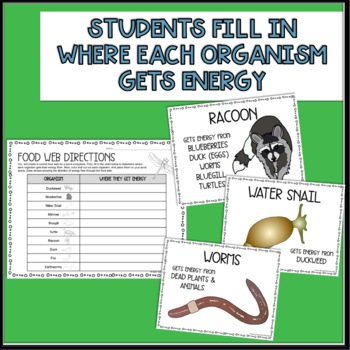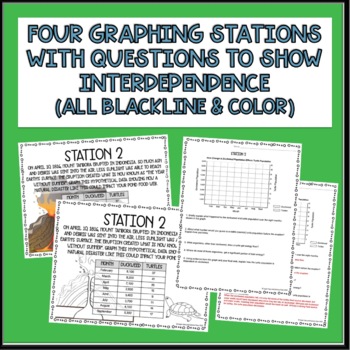Food Web Assignment with Graphing Stations
- Zip
Description
This food web assignment will engage your middle school students from moment one! In this no-prep, print-and-go food web lesson plan, students will find out what organisms eat, create food web diagrams, and graph population data to analyze how organisms are interdependent!
This resource includes:
✨10 organism posters telling students where each one gets energy.
✨A "where do they get energy" data table
✨10 organisms and a pond scene to create a food web with producers, consumers, and decomposers.
✨Four scenarios in station format that create a change in organisms population for students to graph and analyze just how organisms are interdependent.
✨Answer key for all activities!
Getting ready to teach animal adaptations next? Check out this engaging, no prep project!
All of the work and thinking is on the student in this ready to go food web assignment for middle school. They'll find out who eats what and where the energy goes. What happens when a volcano erupts or a wildfire pushes new organisms into a habitat? Your students will use evidence from their graphs to explain changes in the populations!
Still not super comfortable with students up and moving around the classroom? The 10 organism posters and the graphing stations are available in a Google Slides format for students to work at their desk!
This resource is NOT a fully digital resource :)
Read more about the difference between a food chain and a food web!





